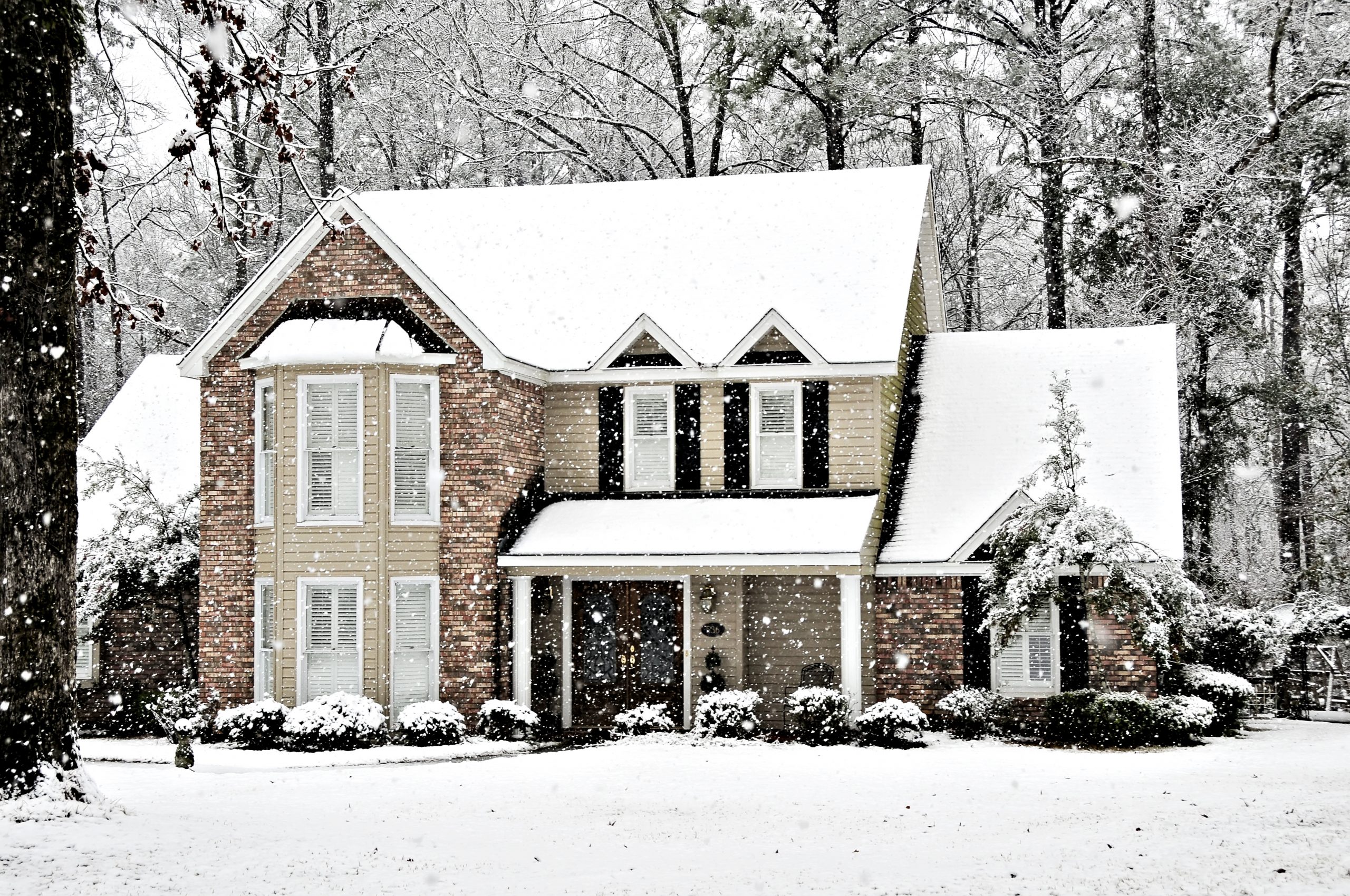
6 Practical Tips to Prepare Your Doors and Windows for Winter
The short days and cold nights can only mean one thing; winter is coming! And while you may be looking forward to keeping in the warm and cozy indoors, winter seasons often cause the most damage to houses. Have you ever noticed your energy bill goes up during the winter months? While this may be attributed to increased heating needs, the increased bill may be caused by poorly structured doors and windows. Most homeowners do little to prepare for winter, exposing them to the harsh elements and expensive repairs. Fortunately, you can employ various tips and strategies to safeguard your house from the extreme winter weather and keep your family safe and warm indoors. By following these tips to upgrade your windows and doors for winter, you'll spend less on your heating bills and damages. Some of these tips require some time before they can be effective, so the sooner you get to them, the better your chances of safeguarding your home.
Practical tips to prepare for winter
 During the winter months, your doors and windows are especially susceptible to extreme cold and bad weather damage. To compound this, if you haven't been properly maintaining the exterior doors and windows, you may experience long, cold, and expensive months ahead. Fortunately, these tips will keep you warm and save you a pretty penny.
During the winter months, your doors and windows are especially susceptible to extreme cold and bad weather damage. To compound this, if you haven't been properly maintaining the exterior doors and windows, you may experience long, cold, and expensive months ahead. Fortunately, these tips will keep you warm and save you a pretty penny.
1. Inspect your window and door frames for damages and cracks
Over time, dirt and other fine particles can accumulate in your window sill and door frames and prevent them from closing all the way. When winter comes, it will easily penetrate through these spaces and into the house, consequently ramping up your energy bill. To prevent this from happening, ensure your entry doors and exterior windows close all the way, and there's no gap left. Additionally, check if there is any damage or cracks as these will let in cold air and draft. Regular inspection of your windows and doors will go a great way in persevering them. A routine examination will alert you when the damage is minimal and can be easily fixed.2. Check the state of your window's weather stripping
Weatherstripping can wear out over time and due to harsh weather. If this happens, cold air will leak through the spaces, and warm air in the house will sip out. The damage may not be easily visible in some cases, so you should check carefully that the stripping is intact. Ideally, you should check the state of your doors and window stripping before and after each season. If there is minimal wear and tear, the stripping can easily be fixed. However, if there is extensive damage to the weather stripping, you should consider getting it replaced. In most cases, repairing the weatherstripping will be cheaper than catering to the extra heating bills.3. Invest in energy-efficient windows
 Single pane windows and old doors lose a lot more heat during winter. These old windows and doors could significantly raise your energy bill, and even that may not be enough to keep the house warm. An excellent and long-term solution is investing in energy-efficient windows and quality doors.
Vinyl windows and double-paned windows are great at keeping cold air out and warm air in. While these windows may cost more, they will more than makeup for it in the energy saved during winter. Double-paned windows, for example, offer twice as efficient insulation as single-paned ones. If you're in a frigid environment or wish to maximize insulation, you can also get triple-glazed windows.
Vinyl windows are also an excellent investment as they are energy efficient and require little-to-no maintenance. The frames of these windows are customized to preserve heat, and the windows don't require scraping or painting. When you install vinyl windows, you don't have to worry about them for more than 20 years, and with regular care and maintenance practices, they could last much longer.
Single pane windows and old doors lose a lot more heat during winter. These old windows and doors could significantly raise your energy bill, and even that may not be enough to keep the house warm. An excellent and long-term solution is investing in energy-efficient windows and quality doors.
Vinyl windows and double-paned windows are great at keeping cold air out and warm air in. While these windows may cost more, they will more than makeup for it in the energy saved during winter. Double-paned windows, for example, offer twice as efficient insulation as single-paned ones. If you're in a frigid environment or wish to maximize insulation, you can also get triple-glazed windows.
Vinyl windows are also an excellent investment as they are energy efficient and require little-to-no maintenance. The frames of these windows are customized to preserve heat, and the windows don't require scraping or painting. When you install vinyl windows, you don't have to worry about them for more than 20 years, and with regular care and maintenance practices, they could last much longer.
